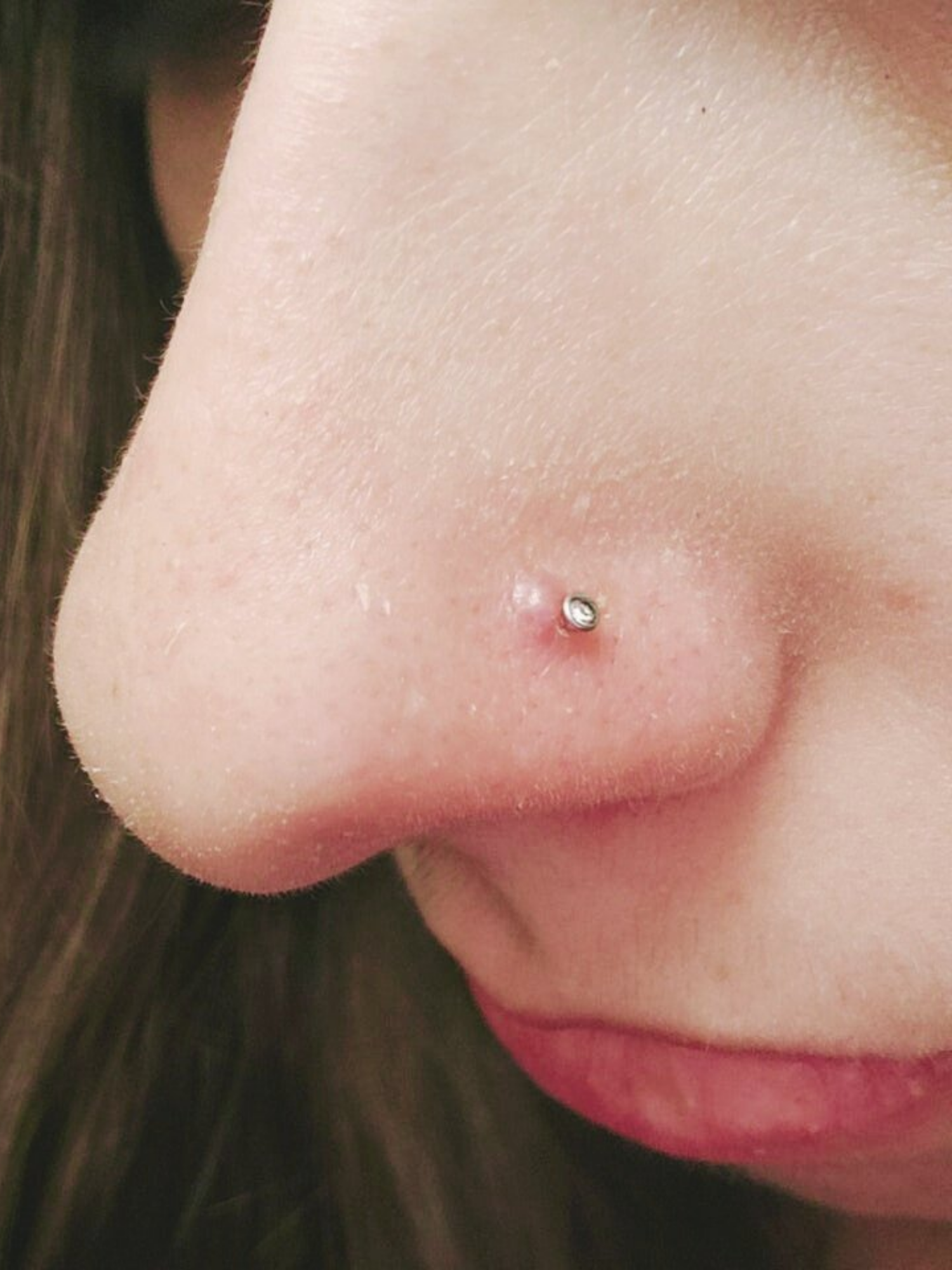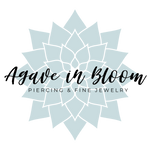
By Mariel Court
Piercing bumps are common, but not something you have to live with. If you find that your new jewelry has a small bump around the piercing, read below on how to diagnose and eliminate the problem.
1. What is normal with my piercing?
2. When should I be concerned about a bump?
3. How can I get rid of the piercing bump?
What Is Normal with My New Piercing?
A piercing is a wound, and as such, your body activates your immune response to start healing. Inflammation is a part of that response, which is why your piercing will be swollen for the first few days following.
It is normal for some mild itching, whitish discharge, or skin crusting around a new piercing as it heals.
Bumps may form shortly after the piercing, remain pinkish or flesh-colored, and typically will not grow after forming. If they have a little discharge or fluid, that is also somewhat typical.
When Should I Be Concerned About a Bump?
The other type of bumps to watch for are known as "keloids." These are not inflammation - these are scar tissue.
Keloids typically form anywhere from 3 to 12 months after the intial piercing, usually staying around the piercing site but can extend beyond the immediate area.
They can change in size, and although the color varies, they also typically darken over time.
Keloids are not treatable by your piercing studio, nor do they go away on their own over time. It is SO important that you do not attempt to self-diagnose a keloid on your own; and your piercer is not going to diagnose a keloid, either.
If you suspect you have a keloid (scar tissue) build up, contact your doctor to discuss treatment options.
How Can I Get Rid of the Piercing Bump?
First of all, piercing bumps can be more than just inflammation. They can be the first sign of an infection or contact dermatitis.
Suspect an infection? Contact your piercing studio and doctor right away if you have any of the following symptoms:
- soreness or tenderness
- swelling beyond the first few days
- yellowish discharge
- nausea and vomiting
If your bump is otherwise fine, but bothering you for the aesthetics, great news! You can encourage your piercing to continue healing by keeping your jewelry in place, always washing your hands before touching the piercing, and following the sterile saline care process you learned from your piercer. These bumps typically go away over time on their own.
You should always use high quality gold or piercing titanium for your jewelry, but you may still have an allergic reaction to the metal in the jewelry, the piercing materials, or any products used during the piercing.
Agave in Bloom only uses the highest quality gold jewelry and titanium posts in our studio. Less expensive jewelry may contain nickel, which is responsible for most bumps and allergic reactions.
For more information about piercing care and proper aftercare, read our Frequently Asked Questions.
